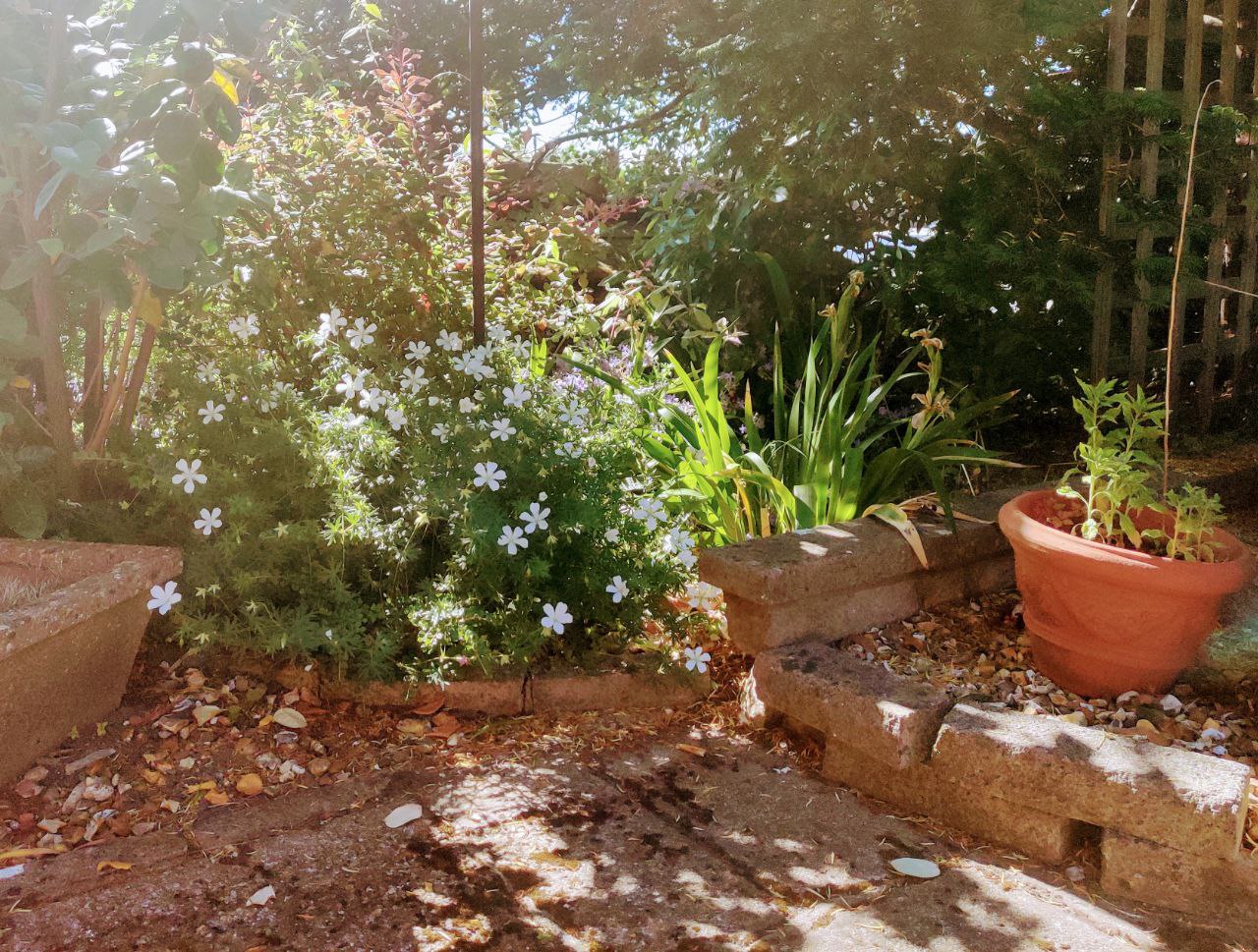Posts Tagged: summer solstice 20 June 2024


The Summer Solstice in England: A Celebration of Light and Abundance
In England, the Summer Solstice is on Thursday, June 20th at 21:51 BST.
Also known as Litha or Midsummer, it is an ancient tradition celebrating the longest day of the year marking the peak of the sun’s power as it reaches its highest point in the sky, resulting in the most daylight hours.
Its significance is deeply rooted in England’s ancient cultures, notably the Druids and Anglo-Saxons, who revered this day as the peak of the growing season and a time of powerful natural energy and the abundance of nature.
Litha is a time to replenish your spirit in the sun’s glow and give thanks for the power and warmth of the sun, and the first ripening summer fruits.
It also serves as a reminder of our connection to the natural world and the same vital force that fuels all physical and spiritual life. It’s a time to appreciate the beauty and bounty of nature, reflecting on the importance of the environment and our role in preserving it.
We can also take some time in solitude, enjoying the sun’s rays and reflecting on our personal growth over the first half of the year noting and celebrating our achievements and considering how we can make changes for improvement.
Traditionally, Litha is celebrated with various rituals and customs, including:
- Bonfires and Fire Festivals: Lighting bonfires is a common tradition, symbolizing the sun’s power and driving away evil spirits. It is customary to jump over the flames to leave behind negativity and embrace the sun’s positive energy
- Nature Celebrations: Gathering flowers and herbs to make garlands or wreaths honouring nature’s abundance. Plants like chamomile, lavender, and sunflowers are commonly used in rituals and decorations.
- Feasting: Sharing meals with family and friends, often incorporating seasonal fruits, vegetables, and other bountiful produce.
- Rituals and Spells: Performing rituals for protection, prosperity, and purification, often using the energy of the sun and the natural elements.
- Sunrise and Sunset Watching: Observing the sunset on the shortest night and staying up to watch the sunrise is another way to celebrate the solstice. This ritual emphasizes the transition and the balance between day and night.
- Altar Decorations: Litha altars are adorned with symbols of the sun such as candles in yellow, orange, and red; fresh flowers like sunflowers and lavender; summer fruits; and crystals like citrine and carnelian to represent the sun’s energy.
- Celebrations and Feasting: Litha is a time for community gatherings, feasting, singing, and dancing. Many cultures incorporate traditional foods and drinks that celebrate the season’s bounty.
- Symbolic Acts and Crafts: Creating sun wheels, making floral wreaths or crowns, and crafting with seasonal materials to honour the sun and connect with nature.
The Summer Solstice has influenced literature with the most famous being Shakespeare’s “A Midsummer Night’s Dream”, weaving a tale of magic and romance that captures the enchantment of this time of year. The notion of fairies and mystical happenings on Midsummer’s Eve has permeated English folklore, adding a touch of whimsy to the celebration.
The Summer Solstice in England is more than just an astronomical event; it’s a celebration of history, culture, and community. From the ancient stones of Stonehenge to family and community celebrations, the solstice brings people together to honour the sun, the Earth, and the enduring human spirit. As the longest day unfolds, it invites us to bask in the light, celebrate our heritage, and enjoy the relaxed summer days.